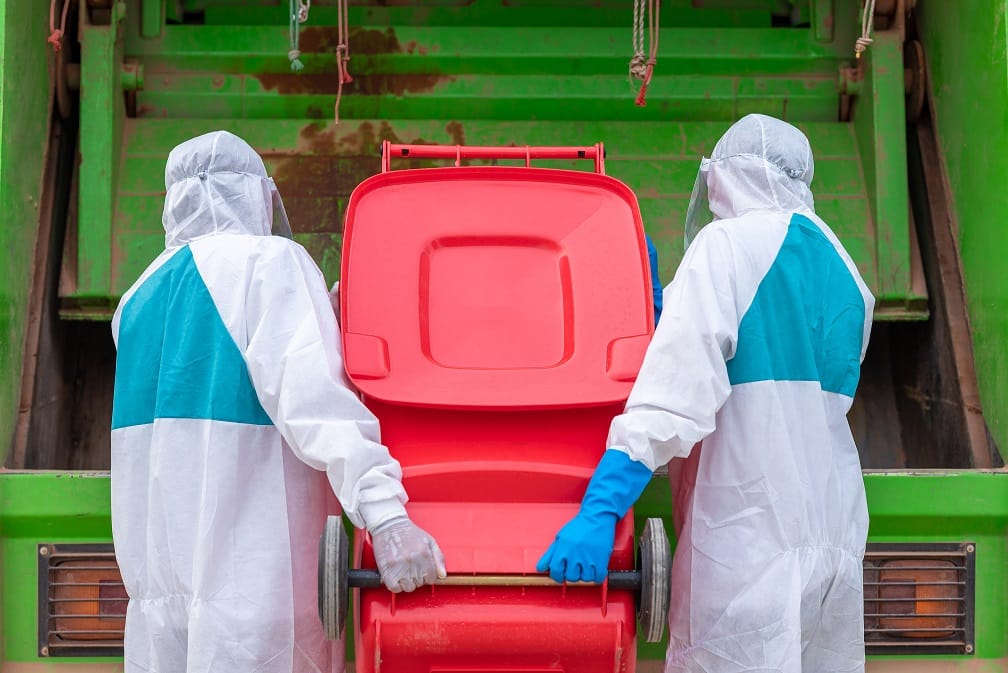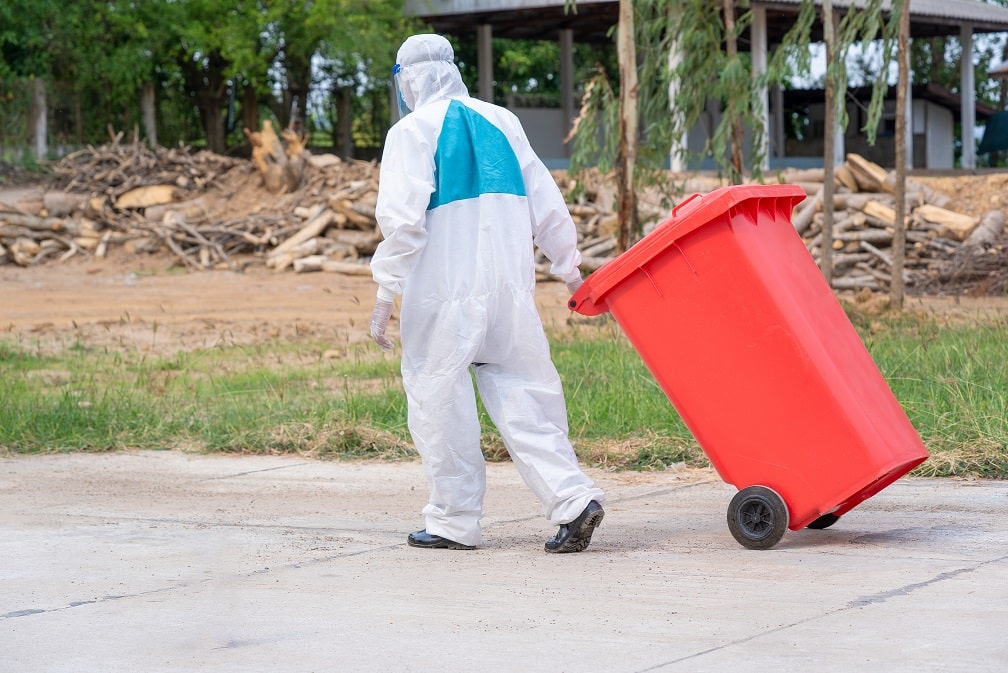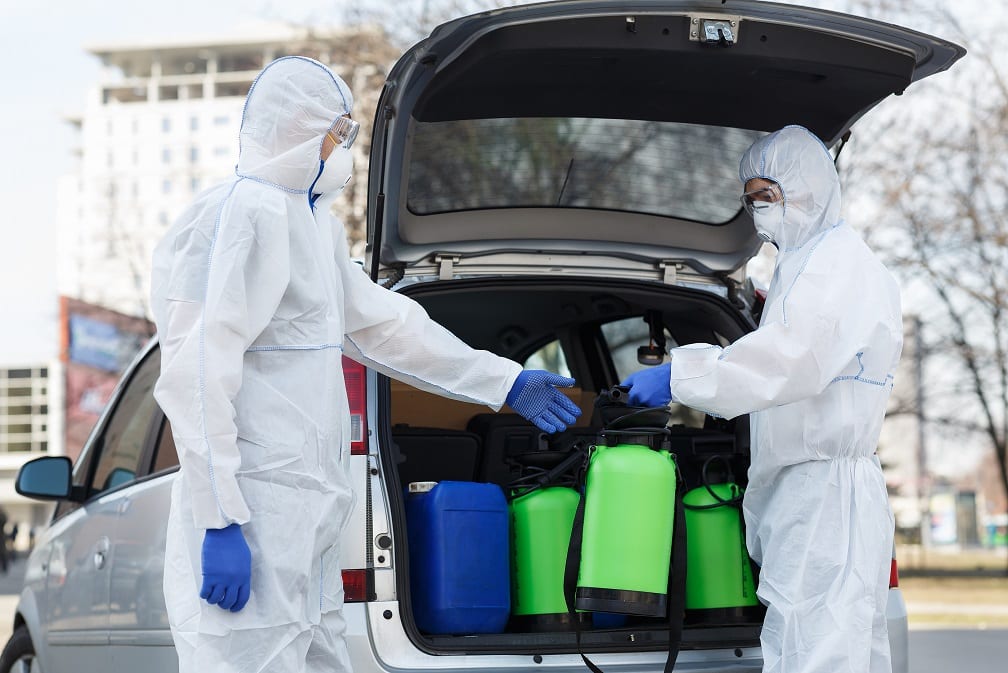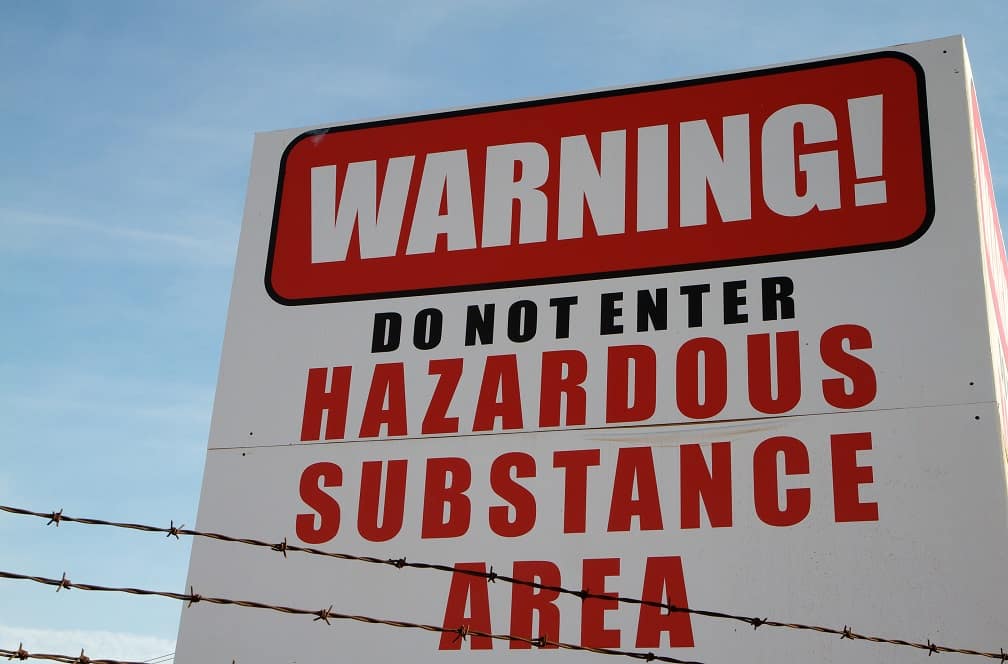The process of hazardous waste identification has been made much simpler by a near-universal standard that helps categorize materials based on how they can damage the environment. Covered aspects include how reactive the material is to other chemicals. Could it, for example, explode or turn into a poisonous gas? Is it flammability, how toxic is the substance or how prone is the material to corroding other types of materials.
Landfills for Hazardous Waste
Landfills designed for hazardous wastes are engineered or excavated specifically for that purpose. Unlike regular landfills that are designed to pile upwards, these types of landfills are usually in the ground. They are generally reserved for the non-liquid type of hazardous wastes.
Landfills for hazardous materials are designed with a non-porous, double-layered material, such as clay or HDPE to prevent the leaching of hazardous waste into the ground. Other features include wind dispersal controls and a leak protection system. The landfills are designed to reduce the amount of hazardous waste that comes into contact with humans and the environment.
Hazardous waste materials are dumped into such special landfills and then securely covered to prevent insects and rodents from entering. The landfill operators closely monitor and inspect the landfill’s safety features, since they are permanent sites. Maintenance is necessary so that hazardous waste doesn’t leak to the environment. Regrettably, this mode of waste disposal takes lots of space not just because not much can be done in terms of reducing the amount already in the landfill but because they are permanent features.
Underground and Sea Disposal
For radioactive waste, underground disposal is not only ideal but an economical choice. This is ideal for hazardous waste generated from mining radioactive ore, lab experiments, medical treatments, and nuclear fuel production. Underground disposal should only be done in inactive or partially active mines but they must meet particular geological and technical criteria.
In sea disposal, hazardous waste gets deposited in the deep waters of the sea. The goal is to minimize the impact of hazardous material on groundwater sources.
Incineration or Burning
The incineration method entails burning hazardous waste in high temperatures. This is a great way of destroying toxic waste and destroys most hazardous materials. An additional community benefit of using incineration is that the flammable wastes can be used as energy sources as they burn.
The method, however, releases toxic gases that may affect the environment. Current technology has come up with more effective incinerator units, which effectively limit the volume of emissions released into the environment.
Medical Waste Disposal
The long-term effect of not properly disposing of hazardous medical waste can be terrifying. These include serious diseases like cancer, mutations in animals, extinction of crucial species such as bees, and the destruction of our natural resources. Hazardous medical waste should be disposed of through a medical waste shredder.
Conclusion
Generating hazardous waste cannot be avoided altogether. Whether you are a private citizen, a business, or community, or a private residential property owner, professional hazardous waste disposal is vital. Remember that the removal of hazardous waste should be left to the experts.




